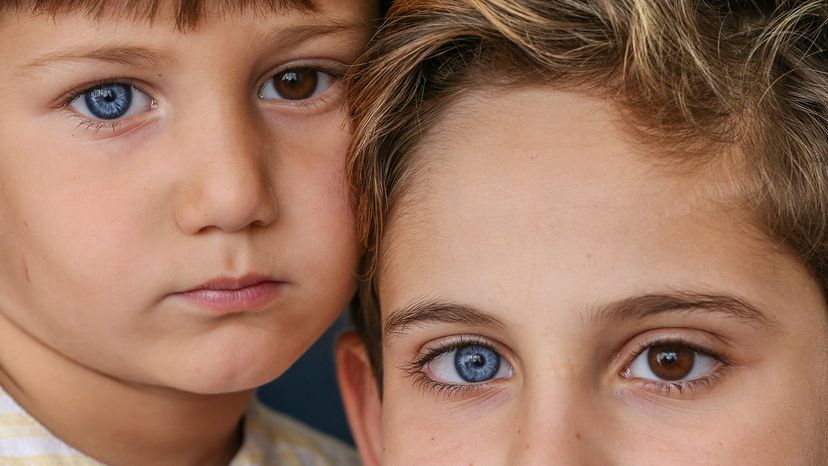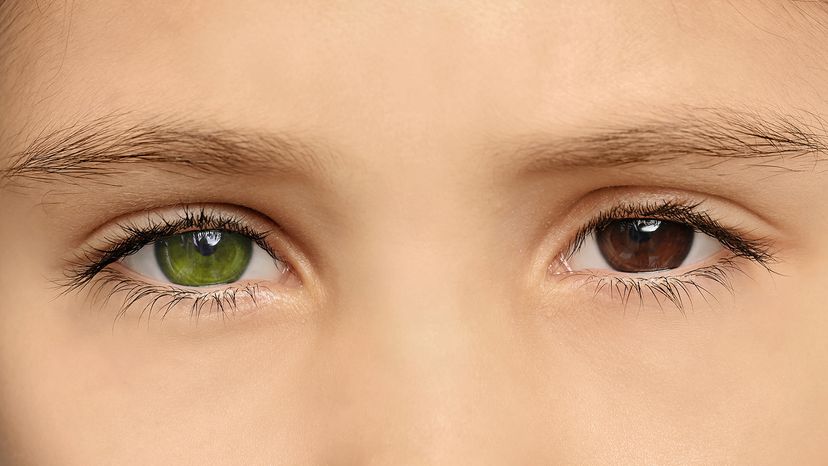Eye color is primarily decided by the amount and distribution of a brown pigment called melanin in your iris. The iris is a ring-shaped membrane behind the cornea, responsible for dilating and contracting your pupil, letting the right amount of light into your eye. The iris is made of an intricate web of muscle and connective tissue. The pigment of your iris is expressed with melanin: Dark brown eyes have a lot of this pigment, light brown eyes contain less and light blue eyes contain very little.
So, Elizabeth Taylor didn't have purple pigment in her eyes. If you have lighter colored eyes, it mostly points to a lack of melanin in the front or back layer of your iris. The amount, coupled with the distribution of melanin within these layers and the way light scatters through the layers, results in eye color.
"Dark iris color is associated with less scattering of light in the eye," says Usiwoma Abugo, M.D., spokesperson for the American Academy of Ophthalmology and ophthalmologist at Virginia Eye Consultants. "This trait may be protective under conditions of bright sunlight and high UVR, like for people who live in the equatorial regions of the world. Blue eye color, on the other hand, is associated with greater light scattering in the eye and a higher level of melatonin suppression, traits that may have been adaptive under highly seasonal sunshine regimes in northwestern Eurasia."






